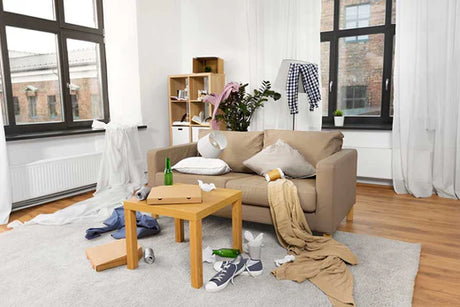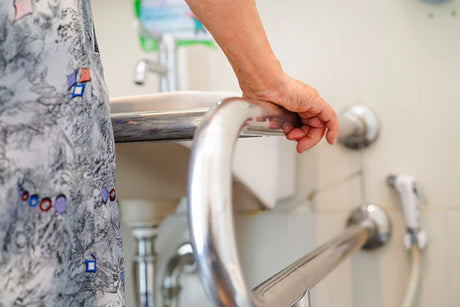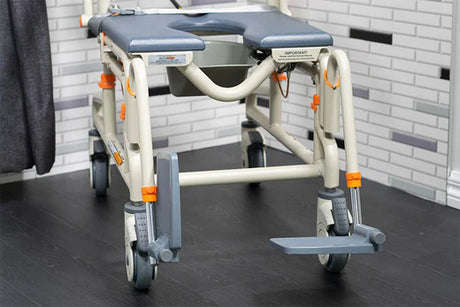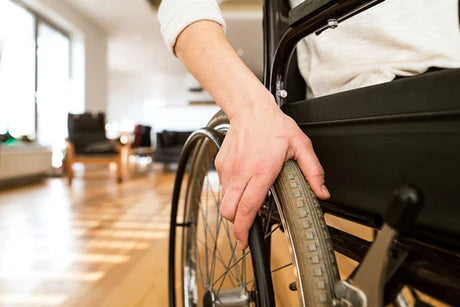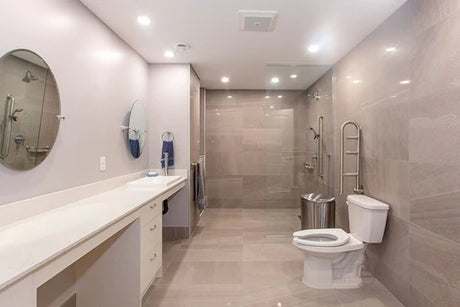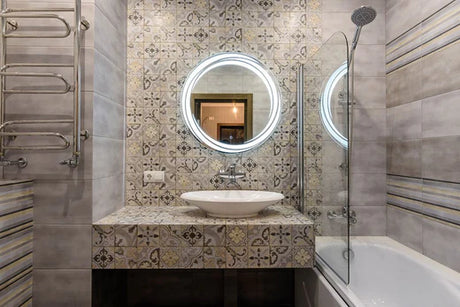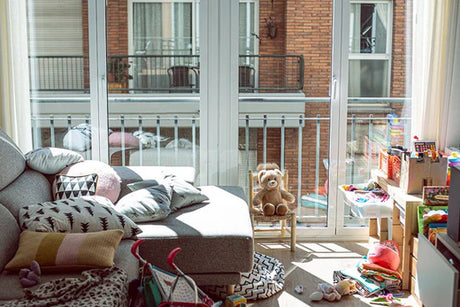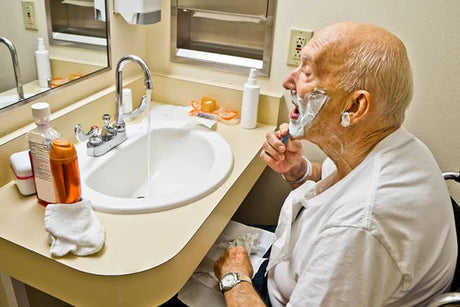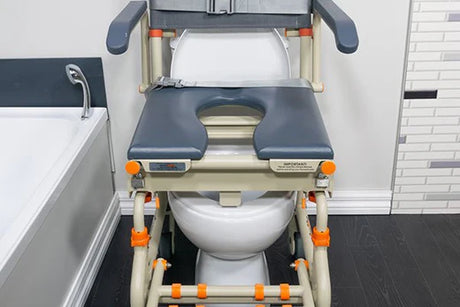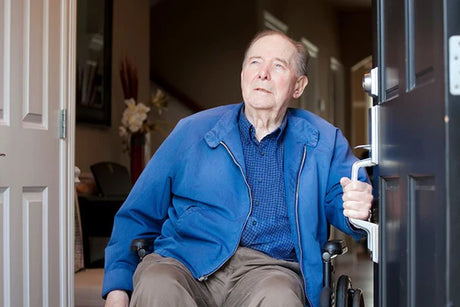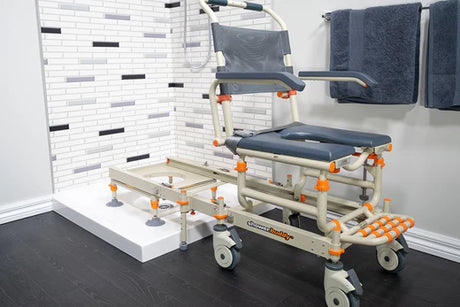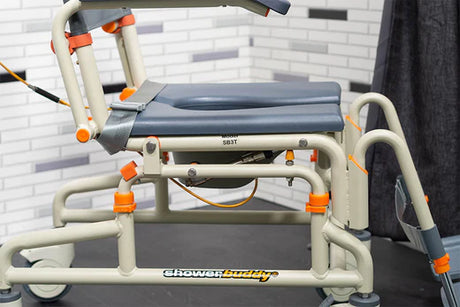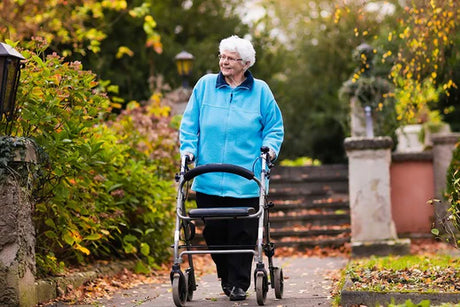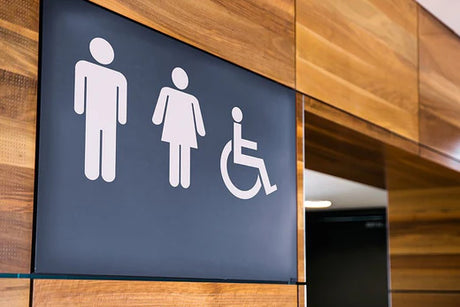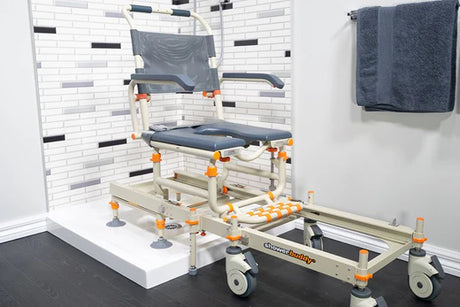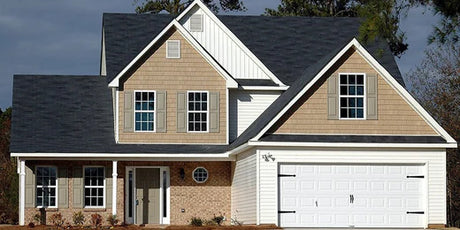Our criteria for choosing a home changes throughout our lives. But as any family with a disability or mobility challenge knows, there’s a bit to think about when choosing a mobility friendly home that makes access and everyday life as easy as possible. Factors like access become essential. If you’ve just recently had to think about finding a home that caters to reduced mobility, read on for some other things to add to your checklist.
Same-level access
Hills, flights of steps and uneven pathways are a huge barrier for those with a disability. Most properties with steps don’t come with a chairlift (which can be expensive in its own right), requiring difficult and even hazardous assistance from another person.
It’s likely easier for everyone to choose a home where the home, driveway and parking are all on a flat section without an incline. Now, we understand that some cities around the world are built upon hilly terrain – if this is your situation, then our advice would be to choose a home that still allows flat access into the home from the garage or parking areas.
Proximity of parking to front door
Many homes will have a garage with internal access. But for plenty of other homes, the parking area and the front door are separated by steps or a path. If you or your loved one has a mobility impairment but a busy schedule, this process of getting in and out of the house can really slow everyone down.
If you’ve got the chance, we’d recommend going for a home where parking is very close to the main entry point; it’s faster and puts less strain on carers and family.
Flat, even pathways
Some homes have narrow or rough surface pathways to access the main entry points – as you look for a home, take notice of these paths, bringing any mobility equipment like a wheelchair to test their practicality. Paths made from cobblestone for example can be particularly challenging. Having smooth, even pathways around the outside of the home will make daily access much easier – not to mention a simpler moving day!
Single-storey home over stairs
Fewer stairs, fewer problems. The convenience of a single-storey home over one with stairs can’t be overstated. Logistics of getting from one floor to another can be tricky and potentially expensive to manage. Instead, look for homes built on a single floor, with a layout that reduces time and effort moving between living, bed and bathroom activity. This is important especially in the case of an emergency where movement between rooms or even evacuating the home needs to happen immediately.
Wide doorways
This is an aspect of homes that often gets missed, but for a family with someone that requires mobility support, doorways should be as wide as possible. While standard internal doorways will typically be okay for standard mobility equipment to get through, it’s worth considering the different routines throughout the day that require help from a carer. For example, is the front doorway large enough for a carer and mobility impaired individual to safely maneuver through? And if you needed to move quickly to get out (as in the example above) how easy would this be?

Lever-style door handles
A lever-style door handle that simply requires pushing down is much simpler for someone with reduced mobility to manipulate than a round door knob requiring grip, twist and push movement. While it should not necessarily rule out a potential home option given door handles can be replaced relatively easily, it’s still a feature of a home that we’d suggest mobility-conscious buyers consider. Opening and closing doors should be simple and straightforward for someone who otherwise is capable of maneuvering themselves around the home. Hard to open doors aren’t just inaccessible, but present a safety risk in an emergency.
Accessible light switches
As you review a home’s suitability, take note carry out the basic tasks – opening and closing doors, reaching storage and turning on lights. A home with light switches too high off the ground may be out of reach for a mobility impaired individual. If the house is otherwise perfect, you should factor in costs of having an electrician move these down. Ideally light switches are high enough off the ground to be out of reach of small children, but not too high that someone in a wheelchair couldn’t access them as needed.
Flooring that enables easy wheel-based movement
An absolutely crucial element of an accessible home is the floor material. It’s why we’d suggest you or your loved one bring their equipment into the home viewing and move around all of the rooms. By taking equipment across carpet, tiles, lino etc, you’ll establish how practical the home is for daily movement.

Finding a home with hard floors through main rooms and hallways is a popular choice for families with a mobility impaired member, allowing smooth transfers.
Safe, reachable storage and shelving
This aspect of a home will be important for anyone with a mobility impairment who is capable of managing many day to day activities themselves – for example those with paraplegia. You’ll want a home that has a storage cupboard and shelves that can be safely accessed from a seated position. Luckily, adding lower shelves isn’t the most expensive of home alterations if your other home criteria is otherwise met.
A bathroom big enough for both user and carer – and equipment.
If you have the opportunity to find a new home, we’d prioritise the size of the bathroom simply for the comfort and practicality for both mobility impaired individuals and their carer/family support. A bathroom doesn’t need to be configured for mobility support – Showerbuddy’s systems allow users to avoid any room modification. But having the space to comfortably transfer into the bathroom with a carer is ideal.

Is your next bathroom compatible with Showerbuddy?
Head over to Bathcheck where you’ll be guided through an easy measurement process. We give you immediate results as to whether the Showerbuddy will suit. Hint: most bathrooms are compatible!
Want to discuss your options for bathroom mobility?
Our team would love to chat, get in touch with us and we can connect you with your nearest Showerbuddy provider or arrange an online demonstration of our range.
Further Reading
- Smart Guide – Designing An Adaptable Home – smarterhomes.org.nz
- Accessibility Requirements For Buildings – hud.gov
- Caring for your senior loved one at home – Showerbuddy Blog








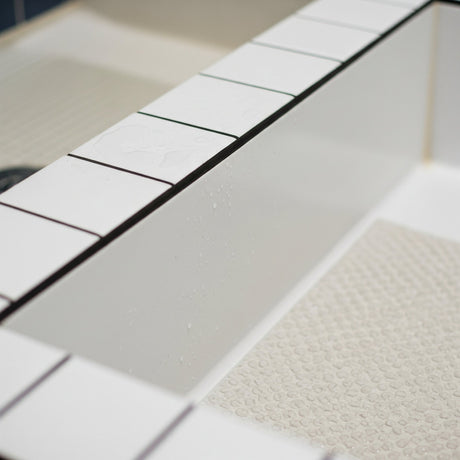

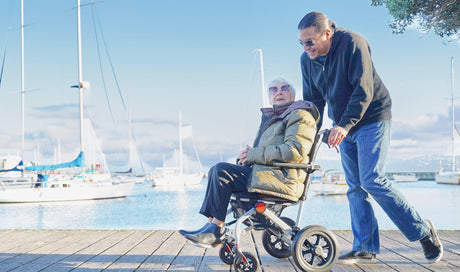
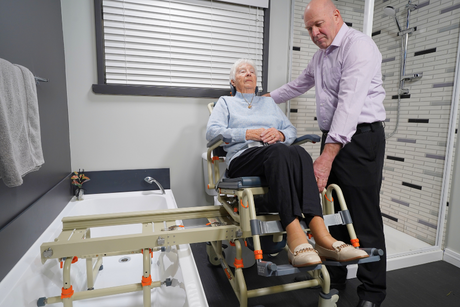
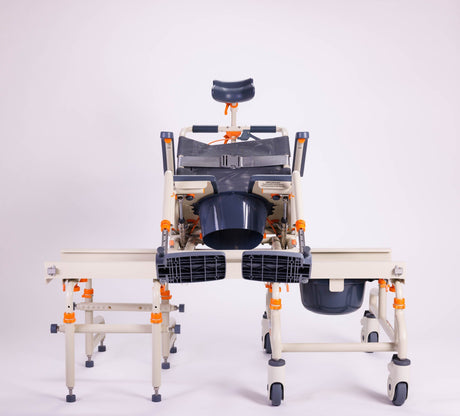
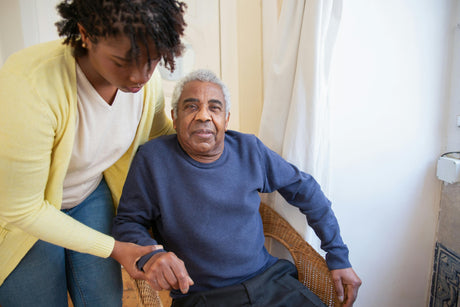
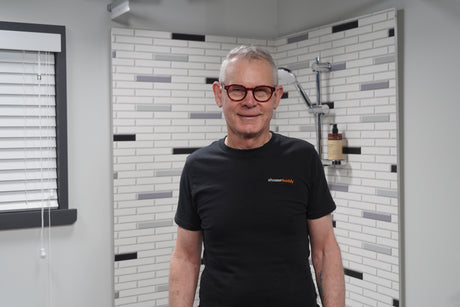
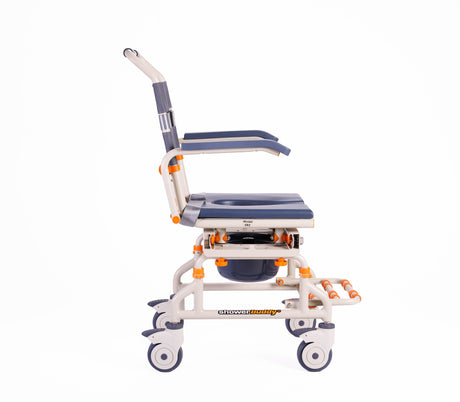
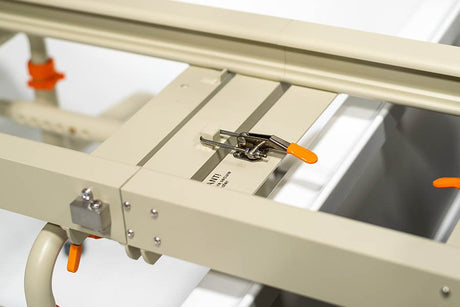
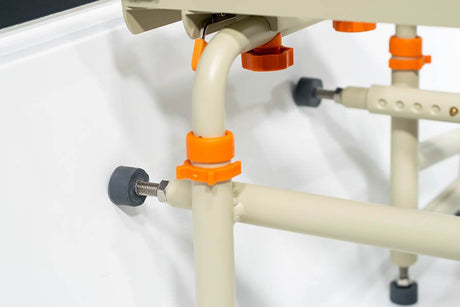
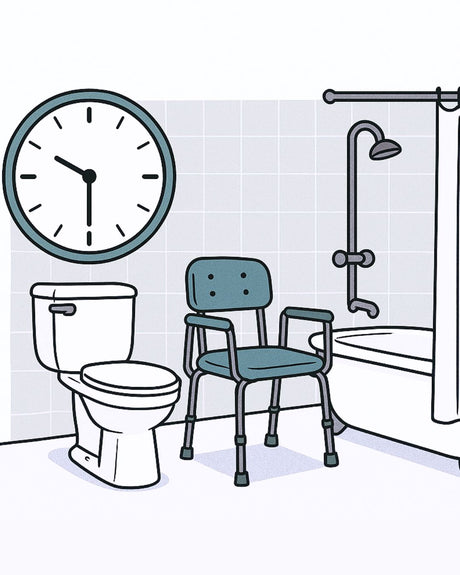
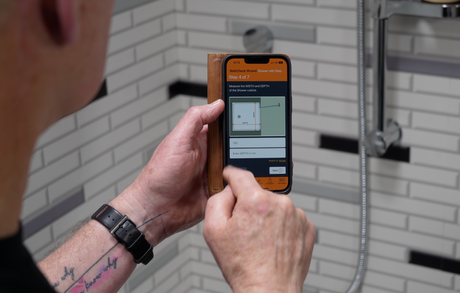
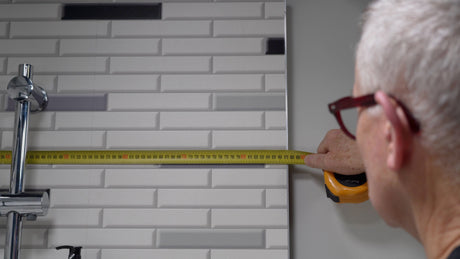

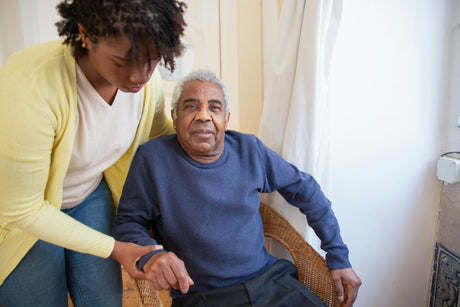
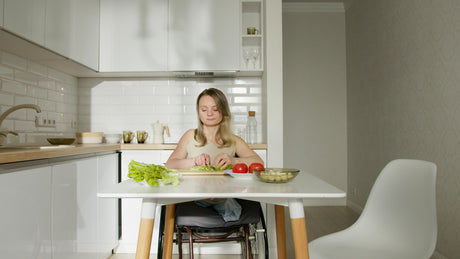
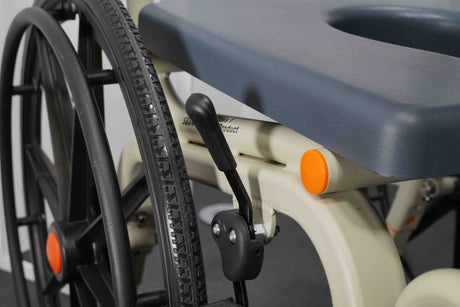

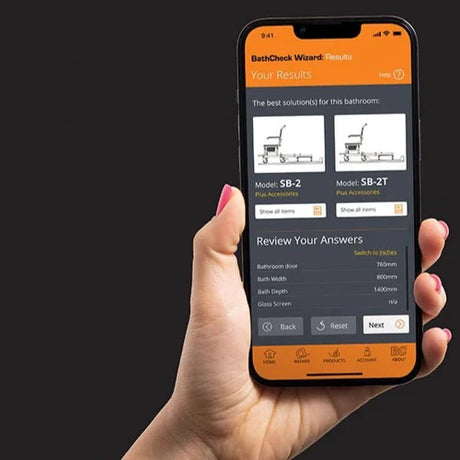

![Toilet Training A Young Child With Mobility Challenges [And How A Shower Chair Can Help]](http://shower-buddy.com/cdn/shop/articles/toilet-training-disabled-child_520x500_a90e5234-d372-435d-aa56-8da15dd3836c.webp?v=1722557239&width=460)


